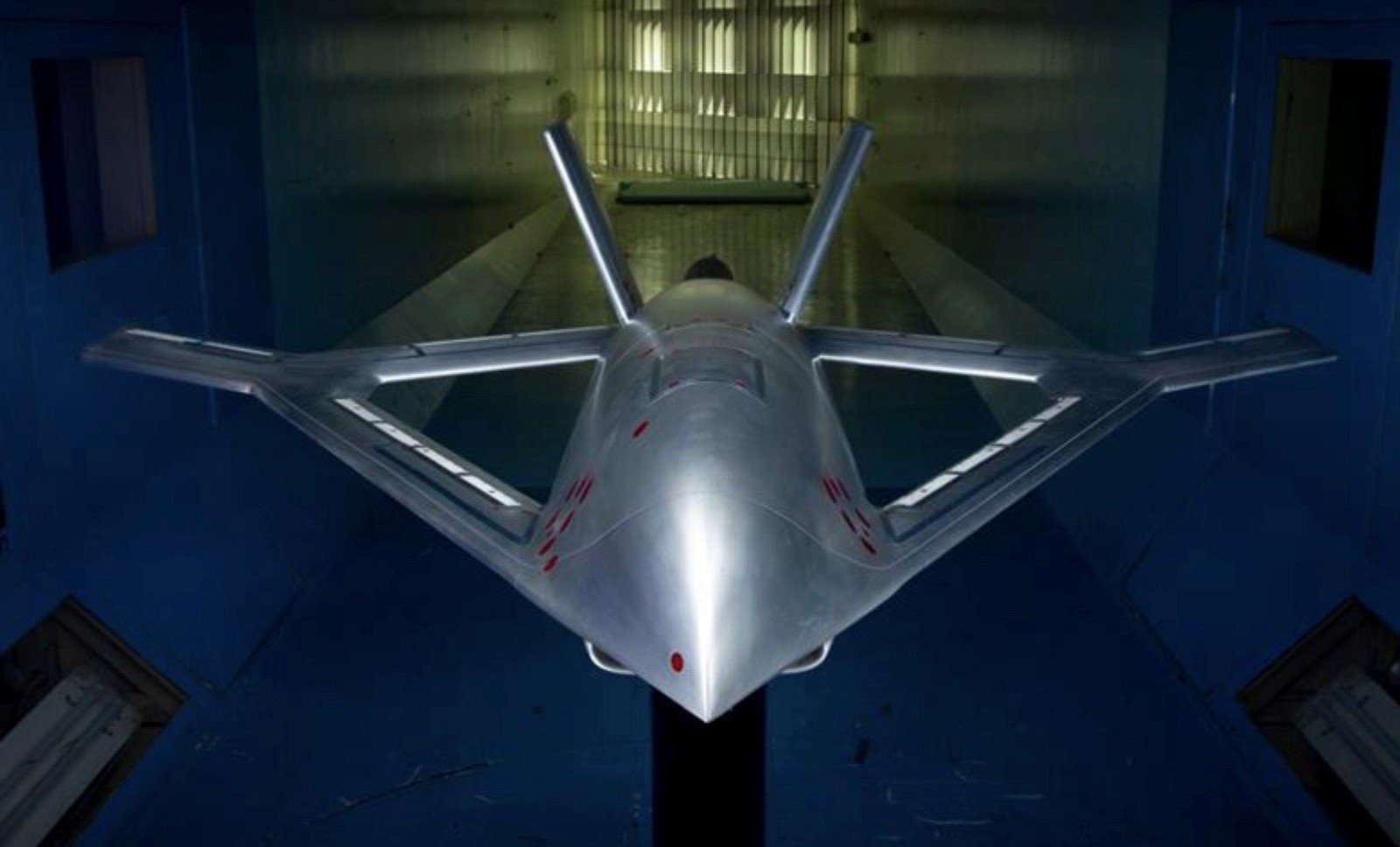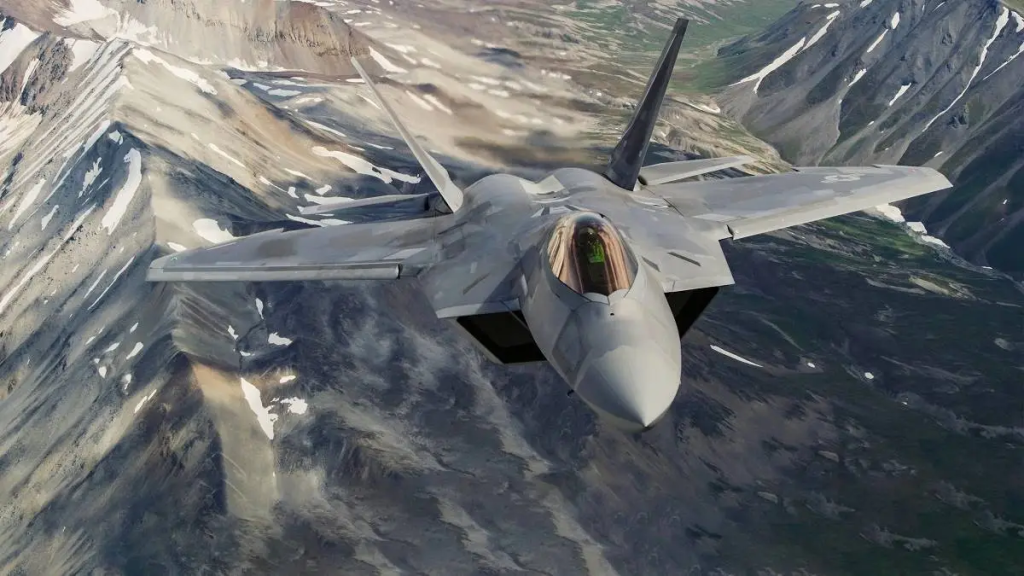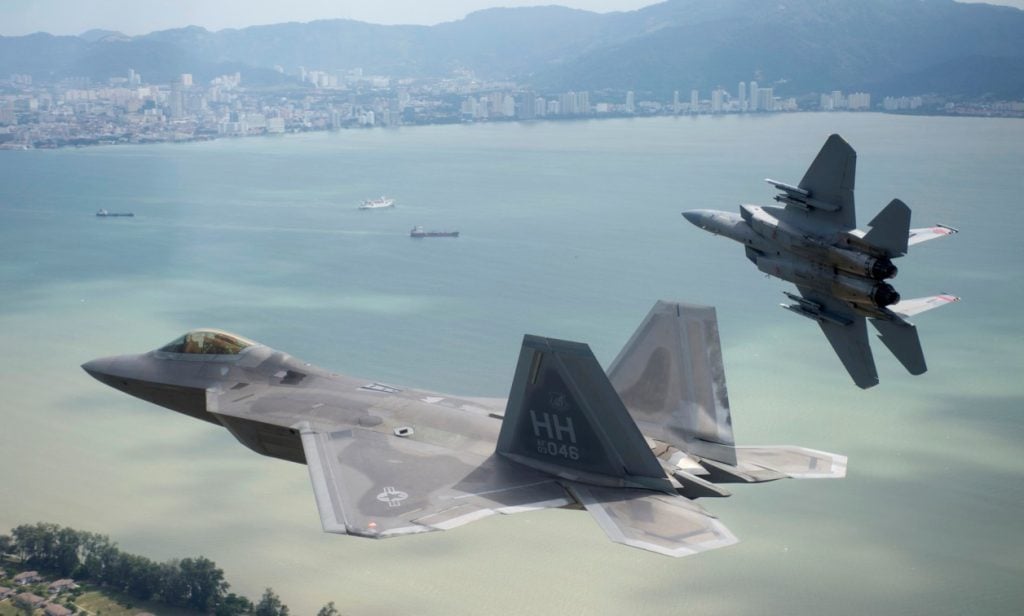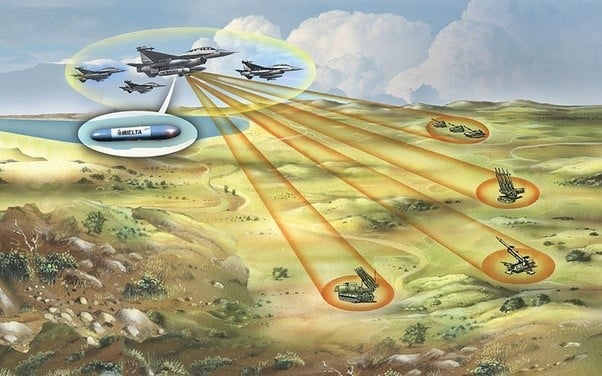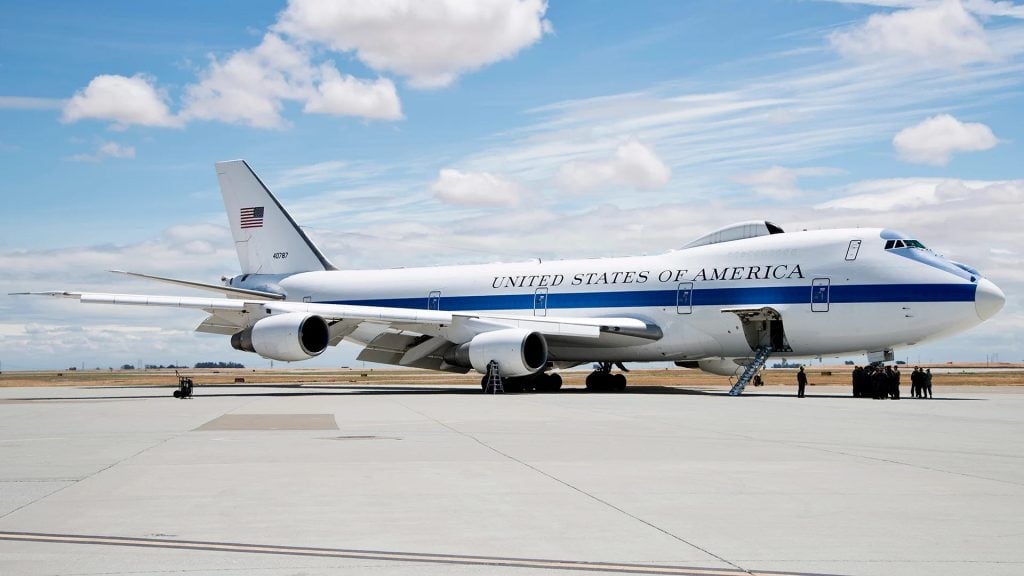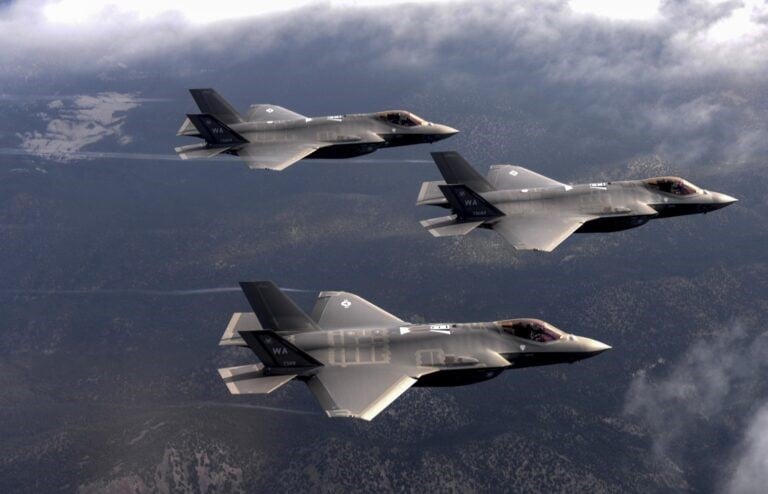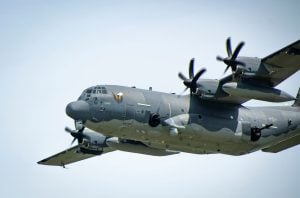In the dynamic landscape of modern warfare, two critical technologies have emerged as the cornerstones of military air superiority: stealth and electronic warfare (EW). As nations strive to gain a decisive edge in the skies, the debate on the relative importance of these two capabilities has intensified. While stealth allows aircraft to evade detection, EW empowers them to actively disrupt enemy communications and sensor systems. This article delves into the Importance of Stealth and Electronic Warfare in Today’s Military Aircraft, their historical evolution, and their indispensable roles in shaping the future of aerial combat.
6 Best Bullet Proof Vest in the World 2024
Understanding Stealth Technology
Stealth, also known as “low observable” technology, is a fundamental aspect of modern military aircraft design. It aims to reduce the visibility of an aircraft across various spectrums, including electromagnetic, infrared, visual, and acoustic signatures. By employing specialized coatings, materials, and airframe shaping, stealth technology makes it significantly harder for adversaries to detect and track military aircraft. The pioneering efforts of the United States in developing stealth capabilities, exemplified by aircraft like the F-117 Nighthawk, B-2 Spirit, F-22 Raptor, and F-35 Lightning II, have solidified its position as a crucial tactical advantage.
The Evolution of Stealth
The roots of stealth technology can be traced back to the Second World War, when Nazi Germany explored early stealth projects to counter the radar systems used by the Allies. However, it was the U-2 spy plane, developed by the United States in the 1950s, that marked a significant milestone in the practical application of stealth principles. Over the decades, the continuous refinement of stealth technology has enabled military aircraft to become increasingly difficult to detect, providing a decisive edge in penetrating hostile airspace and executing critical missions.
Limitations of Stealth
Despite its remarkable capabilities, stealth technology is not infallible. The downing of a U-2 spy plane by a Soviet surface-to-air missile in 1960 and the shooting down of an F-117 Nighthawk during the Kosovo conflict in 1999 have demonstrated that even the most advanced stealth aircraft can be detected and engaged under certain circumstances. These incidents have underscored the need for a comprehensive approach to air superiority, one that combines stealth with other complementary capabilities.
The Rise of Electronic Warfare
Electronic warfare, on the other hand, involves the use of electromagnetic signals to protect, communicate, and disrupt the adversary’s ability to use similar signals. EW encompasses a wide range of activities, including electronic attack, electronic protection, and electronic support. These capabilities enable military forces to gain a decisive advantage by denying, degrading, or deceiving the enemy’s sensor and communication systems.
The Roots of Electronic Warfare
The origins of electronic warfare can be traced back to the Second Anglo-Boer War in the late 19th century, where the British Army used searchlights to bounce Morse code signals off clouds in an attempt to communicate with besieged forces. This early application of electromagnetic signals for military purposes laid the foundation for the subsequent development of EW during the 20th century.
The Evolution of Electronic Warfare
During World War II, the Allies and Axis powers extensively utilized electronic warfare to counter each other’s navigational radars and communication systems. The “Battle of the Beams” and the use of chaff to confuse tracking radar systems were early examples of the growing importance of EW in modern warfare. As technology advanced, electronic warfare capabilities continued to evolve, becoming an integral part of military operations.
The Symbiotic Relationship between Stealth and Electronic Warfare
While stealth and electronic warfare may seem like distinct concepts, they are, in fact, deeply intertwined and mutually reinforcing. The former Chief of Naval Operations, Admiral Jonathan Greenert, emphasized the importance of combining these two technologies to counter the growing threat of anti-access/area denial (A2/AD) challenges.
Complementary Capabilities
Stealth technology provides the ability to evade detection, while electronic warfare capabilities enable the disruption of enemy sensor and communication systems. By integrating these capabilities, military forces can achieve a multifaceted advantage, allowing them to penetrate hostile airspace, gather critical intelligence, and execute missions with greater effectiveness and survivability.
The Need for a Balanced Approach
The former Chief of Naval Operations acknowledged that neither stealth nor electronic warfare alone would be sufficient to overcome the challenges posed by advanced A2/AD threats. Instead, a balanced approach that leverages the strengths of both technologies is essential for ensuring air superiority in the future. This recognition underscores the importance of maintaining a robust and diverse arsenal of capabilities to address the evolving demands of modern warfare.
6 Most Powerful Aircraft Engines in the World
The Enduring Importance of Electronic Warfare
Despite the growing prominence of stealth technology, electronic warfare capabilities remain a vital component of military air power. The U.S. Air Force’s efforts to rapidly update its EW platforms, with the goal of achieving updates in as little as three hours, underscore the ongoing significance of this technology.
The Limitations of Stealth Alone
As the former Chief of Naval Operations stated, electronic attack by itself may not be sufficient to enable U.S. forces to penetrate advanced air defenses. The combination of stealth and electronic warfare capabilities is crucial for ensuring that military aircraft can effectively operate in contested airspace and accomplish their missions.
The Role of the E-4B “Doomsday Plane”
One particular aspect of electronic warfare that deserves special attention is the E-4B “Nightwatch” Advanced Airborne Command Post (AACP). This specially modified Boeing 747 serves as the National Airborne Operations Center (NAOC) and is a key component of the National Military Command System, providing critical communication and command and control capabilities, including the ability to withstand electromagnetic pulse (EMP) strikes.
Comprehensive Comparison: Stealth vs. Electronic Warfare
To better understand the relative importance of stealth and electronic warfare technologies, let’s compare their key attributes:
| Attribute | Stealth | Electronic Warfare |
|---|---|---|
| Primary Function | Evading detection by reducing various signatures | Disrupting, denying, and degrading the adversary’s ability to use electromagnetic signals |
| Advantages | – Provides the element of surprise – Enables access to heavily defended airspace – Reduces the risk of detection and engagement | – Disrupts enemy communication and sensor systems – Protects friendly communication and sensor systems – Provides critical intelligence through electromagnetic spectrum sensing |
| Limitations | – Not completely invisible to detection – Can be compromised by advanced sensor technologies | – May not be sufficient to penetrate heavily defended airspace on its own – Requires a comprehensive approach alongside other capabilities |
| Historical Milestones | – U-2 spy plane in the 1950s – F-117 Nighthawk in the 1980s | – Searchlight communication in the Second Anglo-Boer War – “Battle of the Beams” and chaff use in WWII |
| Future Outlook | – Continued refinement and integration with other technologies | – Ongoing development and adaptation to emerging threats – Crucial component of a balanced military air power strategy |
The Integrating Stealth and Electronic Warfare
As the global security landscape evolves, the synergistic integration of stealth and electronic warfare capabilities will be essential for maintaining air superiority. Military forces must continue to invest in the development and refinement of both technologies, ensuring that they can effectively address the challenges posed by advanced air defense systems and emerging threats.
Leveraging Technological Advancements
Ongoing research and innovation in materials science, signal processing, and data analytics will drive the continuous improvement of stealth and electronic warfare capabilities. By embracing these technological advancements, military planners can enhance the effectiveness and adaptability of their air power assets, enabling them to operate effectively in increasingly complex and contested environments.
The Importance of a Balanced Approach
While stealth and electronic warfare are both crucial components of modern air forces, a balanced approach that leverages the strengths of both technologies is essential for ensuring long-term air superiority. By seamlessly integrating these capabilities, military forces can create a formidable deterrent against adversaries and maintain the agility and resilience required to prevail in future conflicts.
6 Best Stealth Aircraft in the World 2024
Conclusion
In the dynamic and ever-changing landscape of modern warfare, the importance of stealth and electronic warfare technologies cannot be overstated. These two capabilities, when employed in a complementary and synergistic manner, provide military forces with a distinct advantage in securing air superiority and achieving mission success. As nations continue to invest in the development and refinement of these technologies, the delicate balance between stealth and electronic warfare will remain a critical factor in shaping the future of aerial combat.
FAQs
1. What is the primary difference between stealth and electronic warfare?
Stealth technology focuses on reducing the various signatures of an aircraft to evade detection, while electronic warfare involves the use of electromagnetic signals to disrupt, deny, and degrade the adversary’s ability to use similar signals.
2. Why is stealth important in military?
Stealth encompasses a variety of technologies that work together to significantly decrease the detection range of an aircraft. This includes minimizing radar cross-section (RCS), acoustic signature, thermal imprint, and other characteristics.
3. What is the importance of electronic warfare?
Electronic attack aims to degrade, disable, or destroy an adversary’s use of the spectrum. It can be employed to disrupt an adversary’s communication, navigation, intelligence gathering, or target location capabilities on the battlefield.
4. What is electronic warfare in military?
Electronic warfare (EW) involves detecting, interpreting, controlling, or disrupting signals within the electromagnetic (EM) spectrum—such as radar, radio, or infrared transmissions—to safeguard military assets from potential threats.
5. What do electronic warfare aircraft do?
An electronic-warfare aircraft is a military plane designed for electronic warfare (EW), which involves diminishing the efficiency of enemy radar and radio systems through radar jamming and deception techniques.
